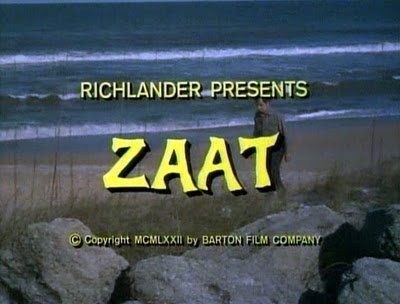Remember not to know everything
Panspermia is the idea that life exists throughout the universe in comets, asteroids and interstellar dust clouds and that life of Earth was seeded from one or more of these sources. Panspermia holds that we are all extraterrestrials.
While this is certainly not a mainstream idea in science, a growing body of evidence suggests that it should be carefully studied rather than casually disregarded.For example, various bugs have been shown to survive for months or even years in the harsh conditions of space. And one of the more interesting but lesser known facts about the Mars meteorite that some scientists believe holds evidence of life on Mars, is that its interior never rose above 50 degrees centigrade, despite being blasted from the Martian surface by an meteor impact and surviving a fiery a descent through Earth’s thick atmosphere.
If there is life up there, this evidence suggests that it could survive the trip to Earth.
All that seems well established. Now for the really controversial stuff.
In 2001, numerous people observed red rain falling over Kerala in the southern tip of India during a two month period. One of them was Godfrey Louis, a physicist at nearby Cochin University of Science and Technology. Intrigued by this phenomena, Louis collected numerous samples of red rain, determined to find out what was causing the contamination, perhaps sand or dust from some distant desert.
Under a microscope, however, he found no evidence of sand or dust. Instead, the rain water was filled with red cells that look remarkably like conventional bugs on Earth. What was strange was that Louis found no evidence of DNA in these cells which would rule out most kinds of known biological cells (red blood cells are one possibility but ought to be destroyed quickly by rain water).



